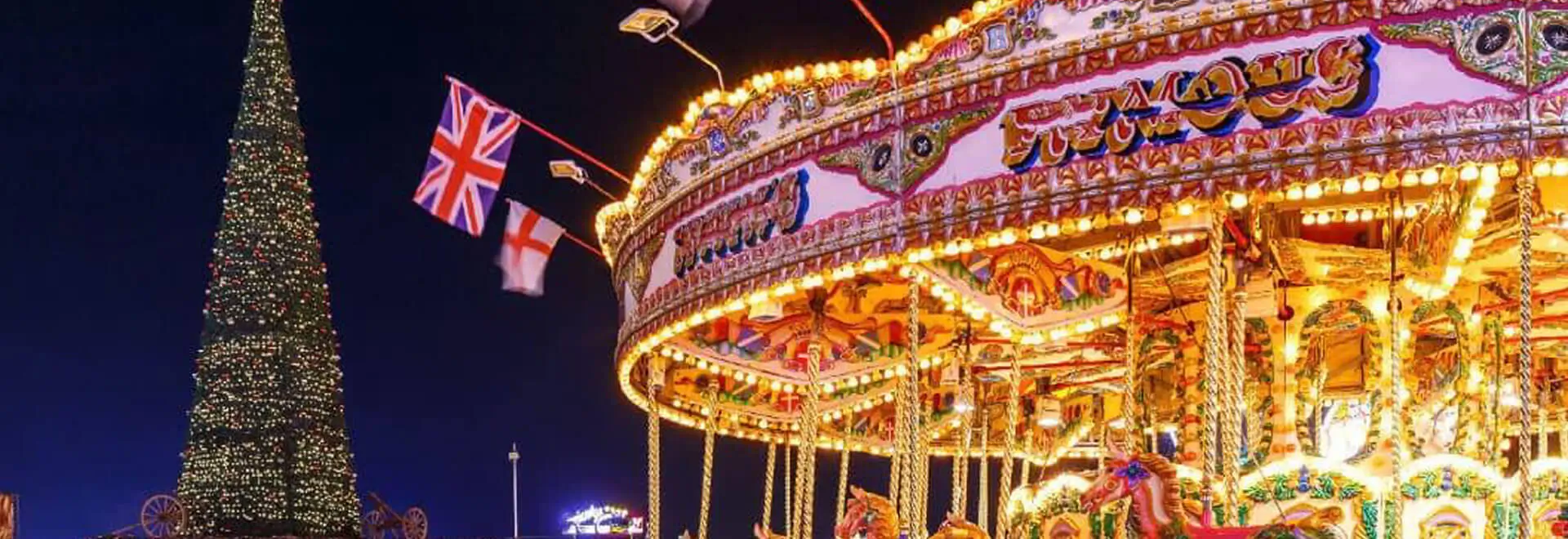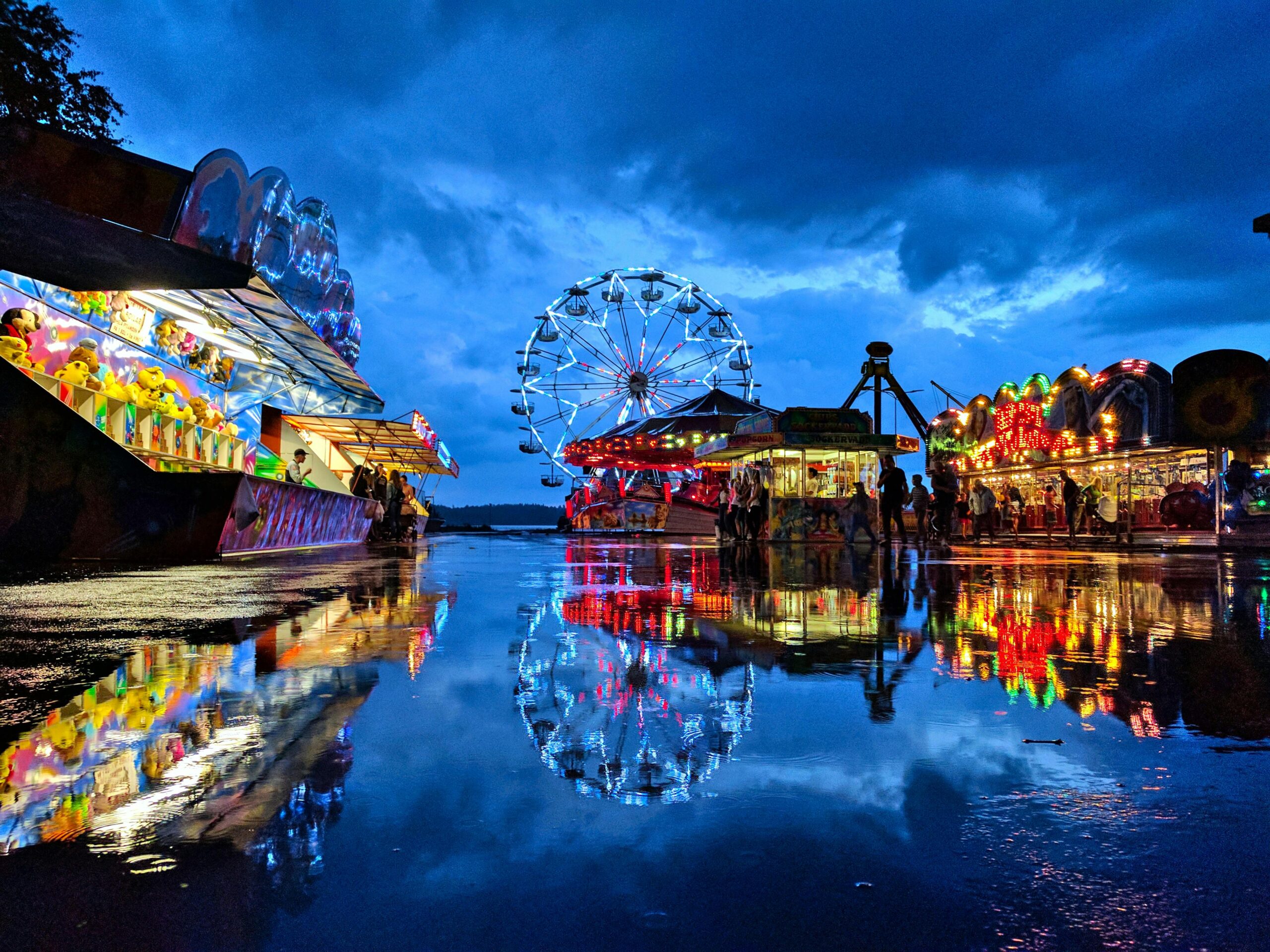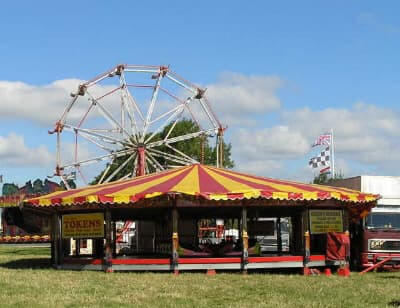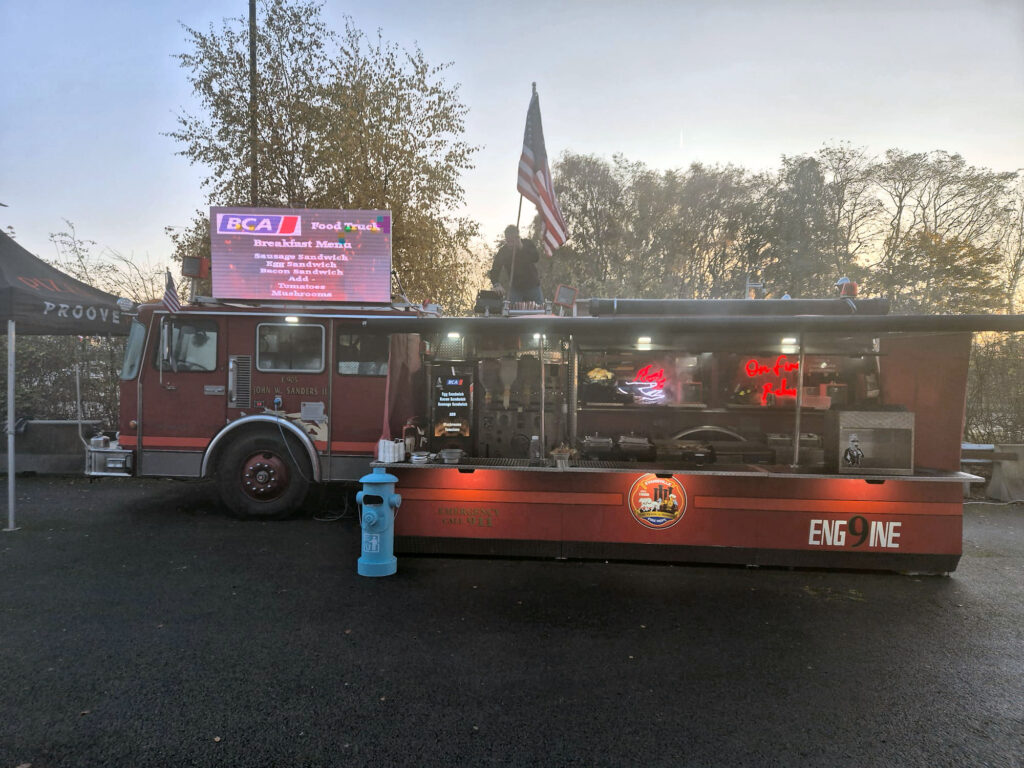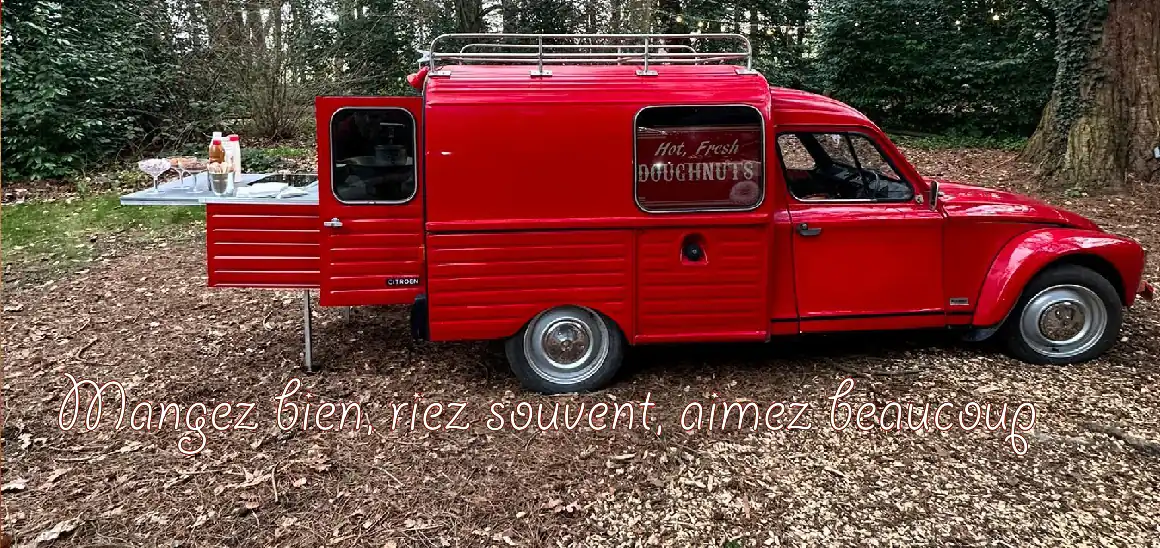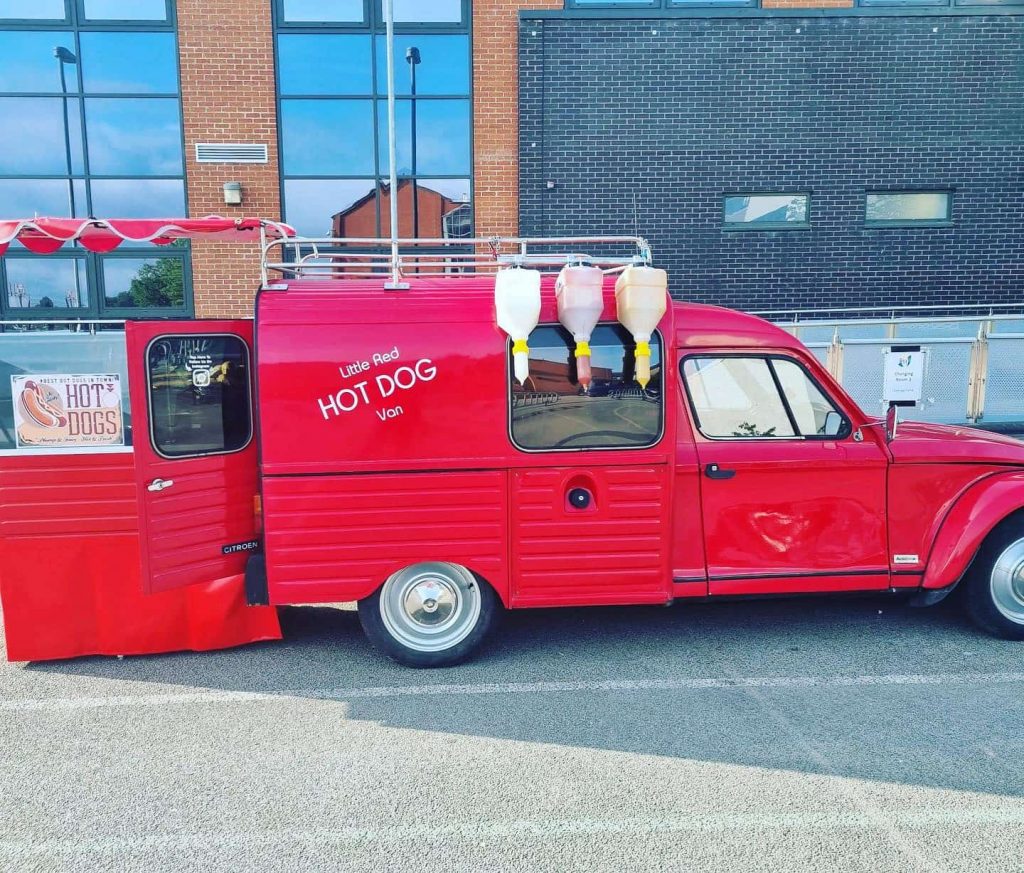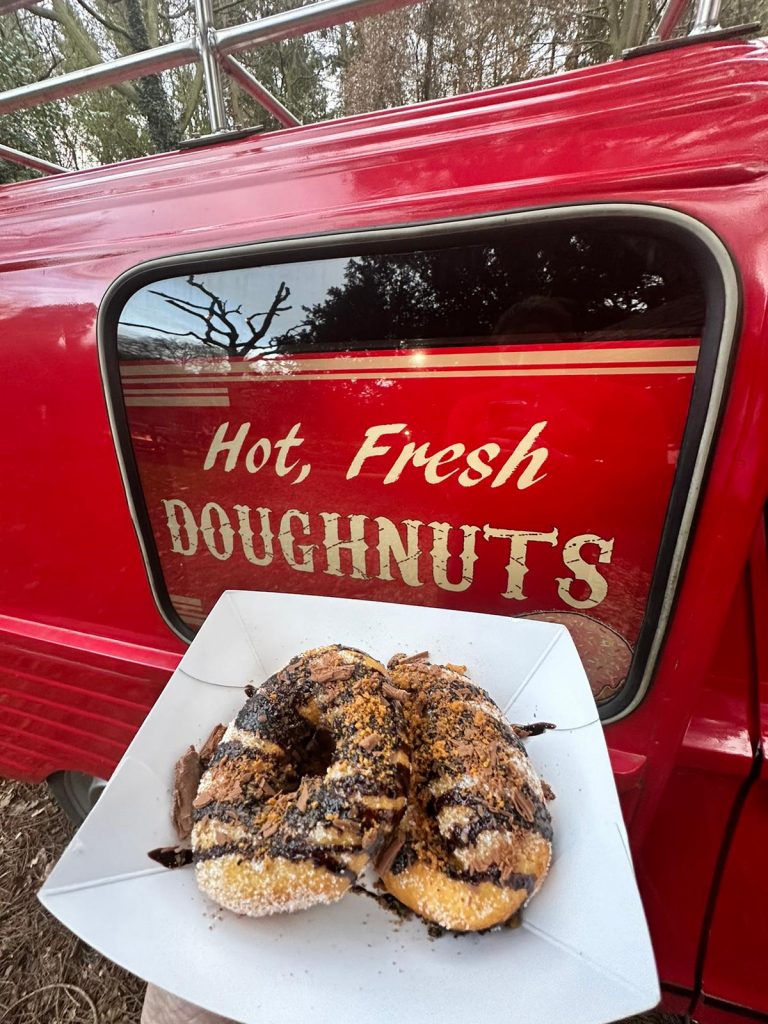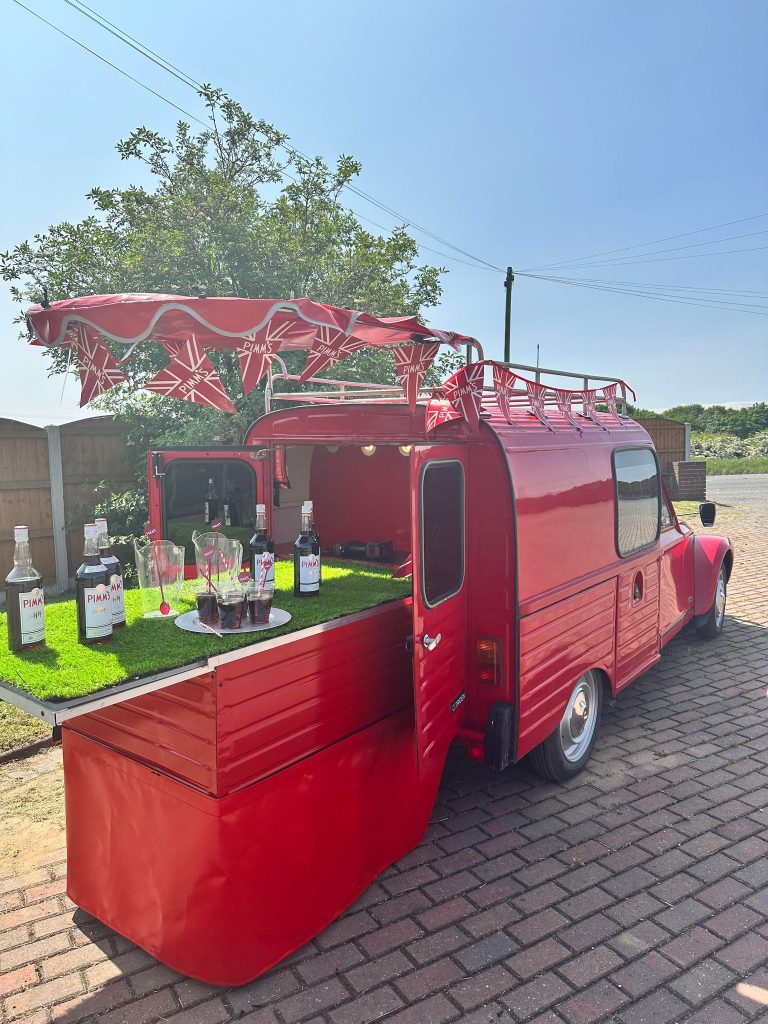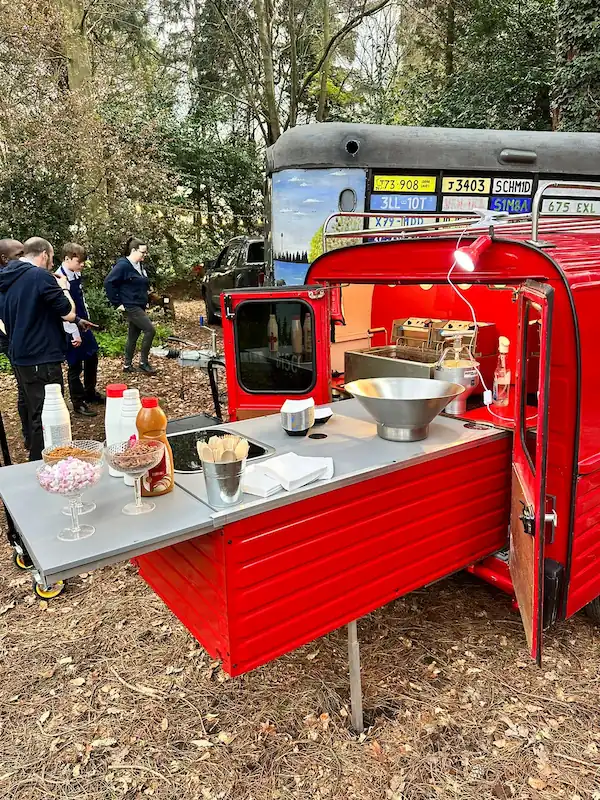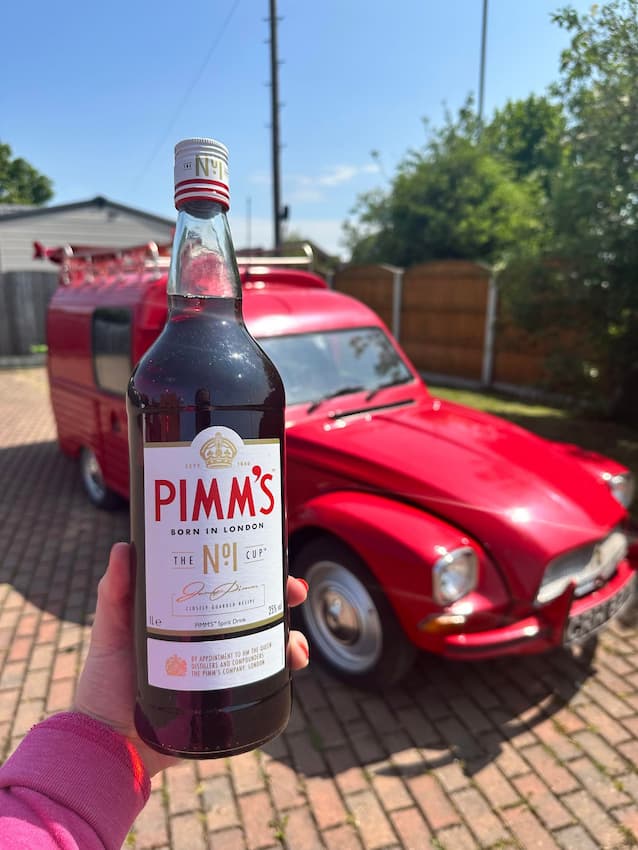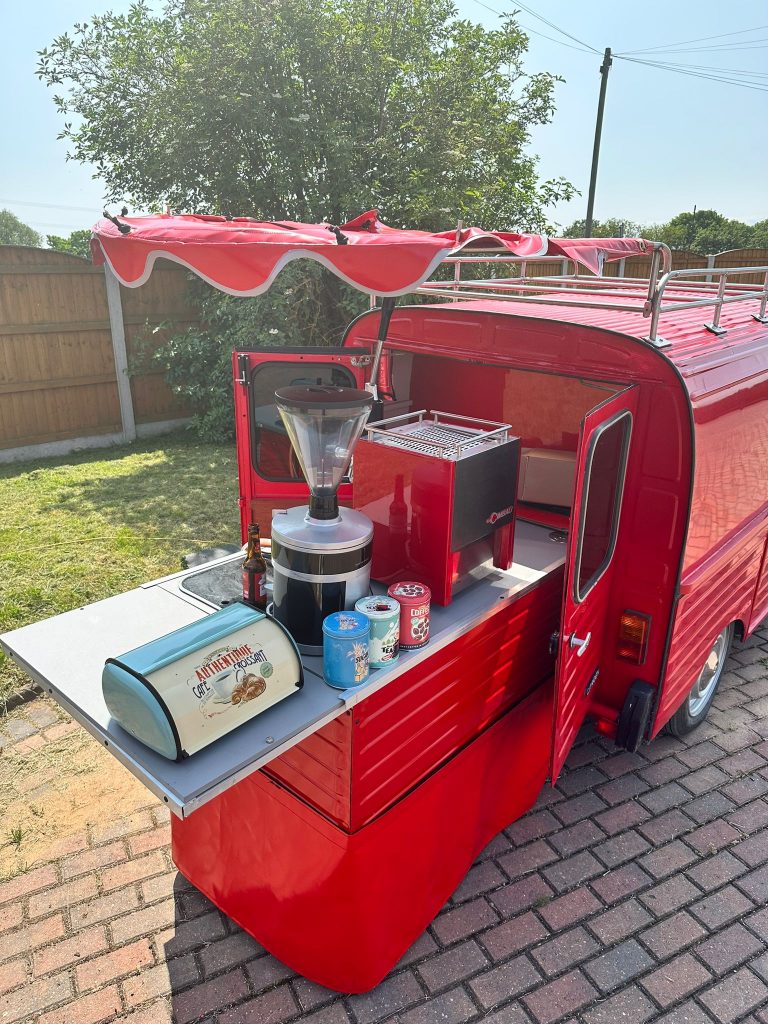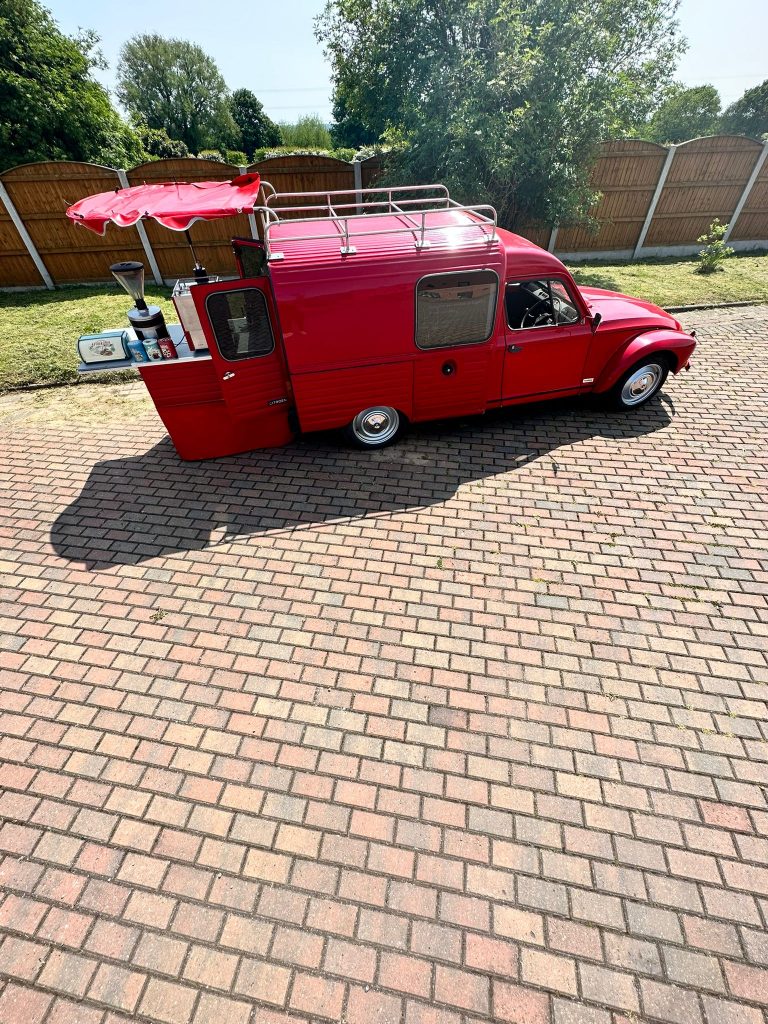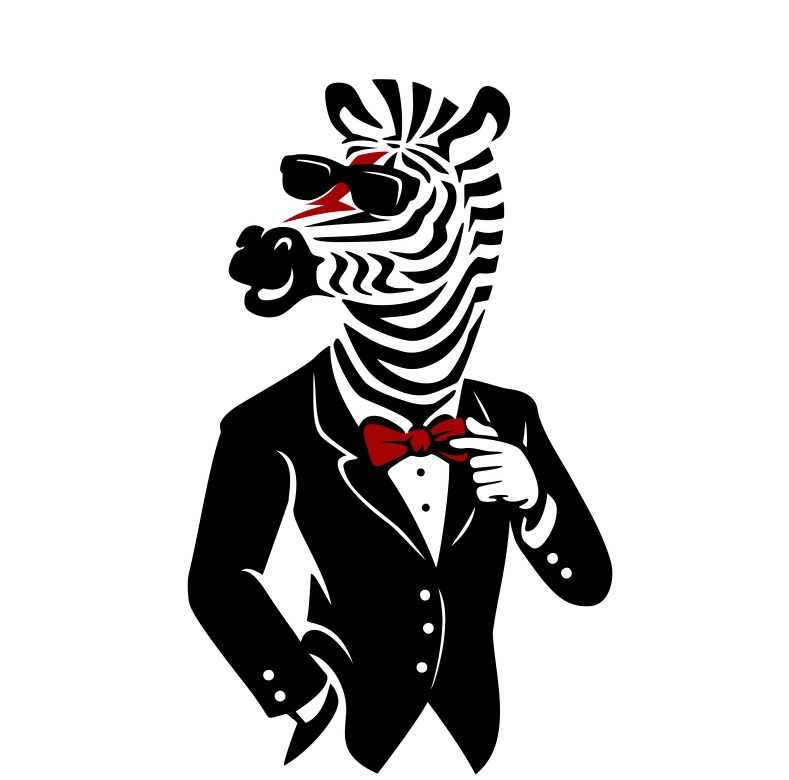The UK funfair is a vibrant tapestry of history, culture, and entertainment. It’s a world where the past and present collide, creating a unique blend of tradition and innovation.
The origins of these funfairs stretch back to medieval times. They began as marketplaces and sites of entertainment, evolving over centuries into the thrilling amusement parks we know today.
The carousel, or ‘merry-go-round’, is a key player in this evolution. Its introduction revolutionized fairgrounds, transforming them into spaces of joy and wonder.
Victorian funfairs mirrored the industrial revolution’s impact on leisure. They showcased the era’s technological advancements, while also preserving its cultural heritage.
Today, UK funfairs continue to captivate audiences with their blend of old and new. They serve as a testament to the enduring allure of the funfair, a place where history comes alive amidst the whirl of rides and the echo of laughter.
Join us as we delve into the rich history of the UK funfair, a journey that promises to be as thrilling as a ride on the carousel.
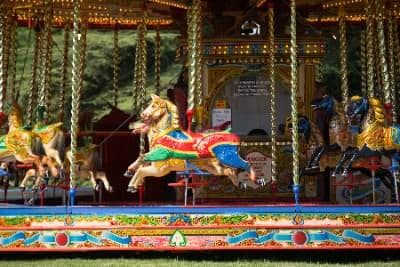
The Medieval Origins of UK Funfairs
The roots of UK funfairs stretch back to medieval times. During this period, fairs were crucial community events. They served dual purposes, providing both a marketplace and entertainment hub for townspeople.
Merchants gathered to sell goods, while performers offered a break from daily life. These gatherings became a staple of community life, drawing crowds from surrounding regions. They featured a mix of craftsmen, traders, and entertainers that captivated medieval society.
Significantly, the Statute of Winchester in 1285 formalized these gatherings by allowing the provision of fairs. This marked the beginning of a vibrant tradition. Thus, medieval fairs laid the foundation for what would evolve into the modern UK funfair experience.
Royal Charters and the Birth of the Funfair
Royal charters played a pivotal role in shaping UK funfairs. By granting these charters, the monarchy could authorize fairs across the land. This royal endorsement elevated the significance of fairs within society.
These charters ensured that fairs were more than just occasional events. They became woven into the cultural and economic fabric of life. With royal approval, fairs gained legitimacy and protection, encouraging a diverse array of attractions.
This era witnessed fairs thriving as bustling centers of trade and amusement. They drew people far and wide, eager for both commerce and merriment. Thus, the concept of the funfair was officially born and began to flourish.
The Carousel: A Revolution in Motion
The carousel emerged as an extraordinary invention in fairground history. Initially, it relied on animal or human power to function. Its simple yet mesmerizing motion quickly captured the hearts of many.
With the arrival of steam power, carousels underwent a transformation in the 19th century. Their vibrant horses and intricate designs became iconic symbols of fairground joy. This technological leap allowed carousels to spin faster and carry more riders.
Carousels, also known as merry-go-rounds, were more than just rides. They symbolized innovation and excitement, enchanting people of all ages. Even today, their timeless charm continues to captivate funfair enthusiasts across the UK.
The Victorian Era: Industry and Entertainment Collide
The Victorian era marked a turning point in fairground history. The Industrial Revolution transformed UK funfairs by introducing steam-powered rides and mechanical innovations. These technological advances allowed fairs to become bigger and more elaborate, drawing larger crowds.
Victorian funfairs became cultural spectacles, reflecting society’s fascination with progress. Ornate decorations and striking architectural features added to their allure. As a result, fairgrounds evolved into vibrant centers of entertainment and wonder, captivating the imagination of visitors from all walks of life.
During this period, funfairs began to embrace a new role in community life. They offered a blend of amusement and escapism, serving as a welcome respite from the hustle of industrial cities. As industry and entertainment converged, the enduring appeal of Victorian funfairs became a key part of the fairground legacy.
Travelling Fairs: The Heartbeat of British Culture
Travelling fairs have a rich history in the UK. They have traversed the countryside, bringing joy to towns and villages across the nation. These fairs are dynamic spectacles, transforming each location into a vibrant hive of activity.
Their itinerant nature makes them unique in the fairground history. Each journey forms a patchwork of local traditions and customs. As they weave through the landscape, these fairs foster a sense of community and continuity across generations.
What sets travelling fairs apart is their role in cultural exchange. They introduce audiences to new forms of amusement, art, and entertainment. In doing so, they play a vital role in shaping a shared national identity, embodying the essence of British cultural heritage.
The Golden Age of Funfairs and the Showmen’s Guild
The late 19th century to early 20th century is often hailed as the Golden Age of UK funfairs. This era witnessed an explosion of creativity and innovation within the fairground industry. New, thrilling rides captured the public’s imagination, offering both excitement and wonder.
During this period, the role of showmen became increasingly significant. These enterprising individuals owned and operated many attractions, becoming stewards of the fairground experience. Their keen sense of entertainment shaped what has now become traditional in the fairground realm.
In 1889, the Showmen’s Guild of Great Britain was established. This organization sought to protect the interests of the travelling showmen. By providing a structured framework and support network, the guild helped sustain the vibrant growth of funfairs across the nation.
The Impact of World Wars on UK Funfairs
The World Wars dramatically altered UK funfairs. Resources were diverted, and many fairs closed or diminished.
Showmen faced hardships, but their resilience shone. After the wars, funfairs symbolized hope and community spirit, slowly regaining their former vibrancy.
Post-War Resurgence and Technological Advances
After the World Wars, the UK funfair landscape began to transform. People yearned for joy and entertainment, and funfairs responded eagerly. They bounced back with energy, sparking excitement across the nation.
Technological innovations played a pivotal role. New electric-powered rides replaced older steam-driven ones, captivating audiences with their speed and reliability. The Ferris wheel, dodgems, and helter-skelters became iconic symbols of this revival.
This era birthed more thrilling and complex attractions, blending heritage with innovation. Funfairs evolved, thrilling new generations while paying homage to their enduring roots. The blend of past and progress ensured their relevance in changing times.
Preserving the Past: Heritage and Nostalgia
The preservation of vintage funfair rides reflects a deep appreciation for history. Enthusiasts cherish the craftsmanship and nostalgia these rides evoke.
Heritage status elevates some sites, safeguarding them for future generations. They are living museums, celebrating funfair history and captivating the imagination with timeless charm.
The Modern Funfair: A Blend of Old and New
Today’s funfairs beautifully merge tradition with innovation. Classic carousels spin alongside high-tech thrill rides. This blend caters to diverse tastes, engaging both the nostalgic and the daring.
Funfair operators are tasked with balancing heritage with innovation. Modern rides employ cutting-edge technology, yet classic attractions retain their allure. The challenge lies in pleasing both enthusiasts of the past and adventurers of the future.
Digital marketing transforms how funfairs reach audiences. Social media campaigns and online promotions draw crowds, expanding the funfair’s reach. This fusion of the old and new ensures funfairs remain vibrant and relevant in a digital age.
The Cultural Tapestry of UK Funfairs
UK funfairs are a vibrant blend of art, music, and community life. They embody a colorful history that reflects societal changes over time. Each fair is a microcosm of cultural evolution.
From music to themed attractions, funfairs have influenced popular culture. They capture the essence of joy and imagination, enchanting generations. Their legacy is a testament to the enduring human love for amusement and spectacle.
Conclusion: The Everlasting Allure of the Funfair
The UK funfair holds a special place in British hearts. It’s a beloved tradition that has thrived across centuries. With each ride and game, funfairs weave memories for all who visit.
As society evolves, so do these vibrant spectacles. They continue to enchant new generations. The funfair’s charm is truly timeless.

